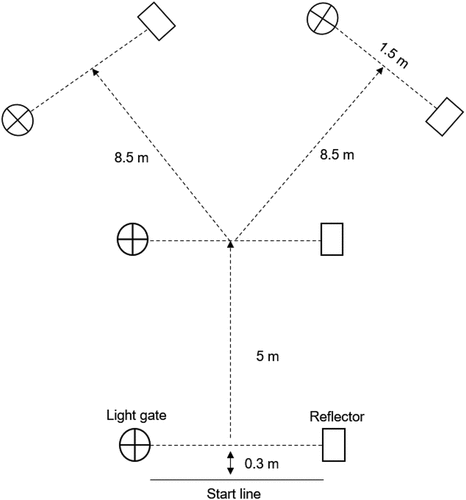Figures & data
Table 1. Participant details.
Figure 1. Front (left) and back (right) view of compression tights used in the present study, incorporating additional lycra elastomeric panels across the anterior thigh and posterior calf.
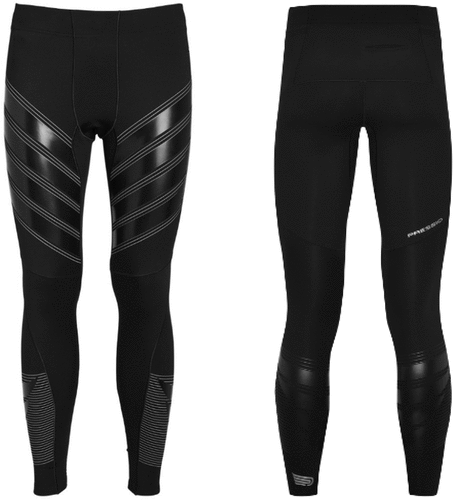
Table 2. Applied garment pressure for CON and COMP tights by bodily landmark.
Figure 3. Example of centre of pressure (CoP) trace and corresponding 95% confidence ellipse areas for one participant. AP = anterior (+) posterior (-); ML = Mediolateral; COMP = compression; CON = control.
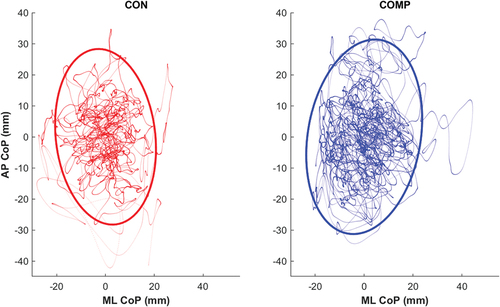
Figure 4. Comparison of balance time (a) and path length (b) for a single-leg visually occluded balance task between conditions. COMP = compression; CON = control; S = small effect size. Bars represent group means (± SD) and lines represent individual results.
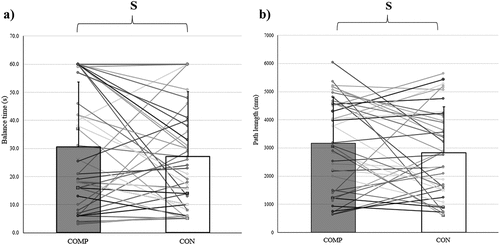
Figure 5. CoP range in both directions during single-leg balance task with visual occlusion. AP: anterior-posterior; ML: mediolateral; COMP = compression; CON = control.
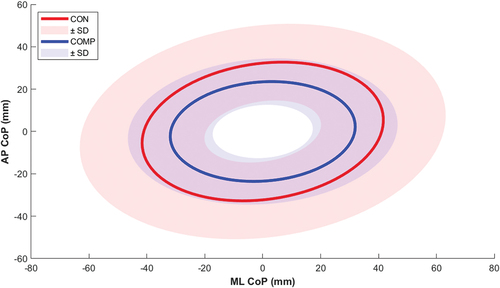
Table 3. Summary of measures for control (CON) and compression tights (COMP) conditions (presented as mean ± SD).

